Home>Furniture & Design>Kitchen Furniture>What Is A Buffet Table
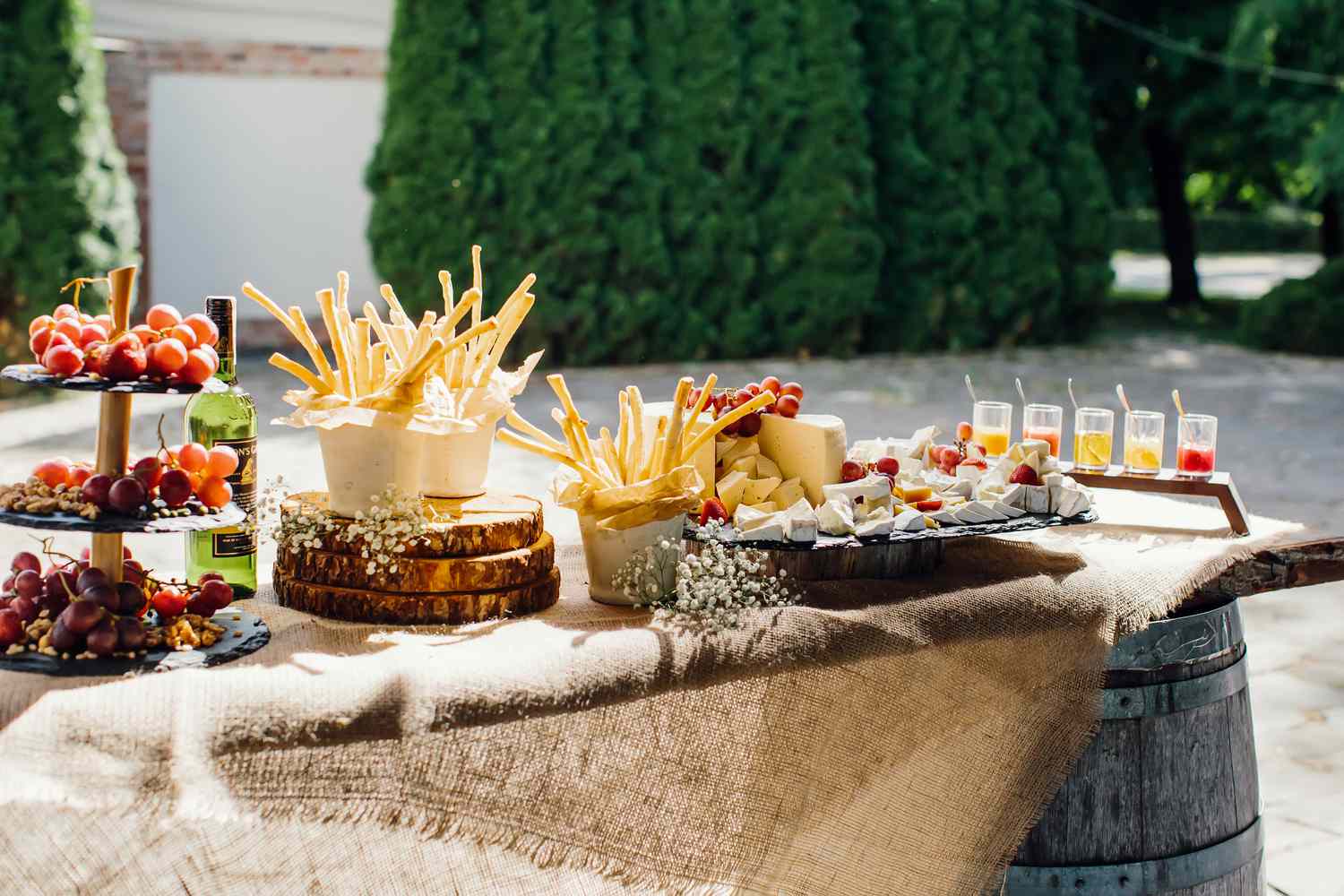

Kitchen Furniture
What Is A Buffet Table
Modified: March 25, 2024
Discover the versatility of buffet tables for your kitchen. Explore the latest trends in kitchen furniture and design. Find the perfect buffet table for your space today!
(Many of the links in this article redirect to a specific reviewed product. Your purchase of these products through affiliate links helps to generate commission for Storables.com, at no extra cost. Learn more)
Introduction
Welcome to the world of culinary elegance and practical design! Buffet tables have long been a staple in both domestic and commercial settings, offering a versatile and stylish solution for serving and displaying food, drinks, and other essentials. Whether you're hosting a large gathering, setting up a catering business, or simply looking to elevate your home dining experience, understanding the ins and outs of buffet tables is essential.
In this comprehensive guide, we will delve into the fascinating realm of buffet tables, exploring their history, various types, setup techniques, etiquette, as well as their advantages and potential drawbacks. By the end of this journey, you will have gained a deep appreciation for these multifaceted pieces of furniture and their significant impact on the art of dining and entertaining.
So, grab a seat at the virtual table, and let's explore the world of buffet tables together!
Key Takeaways:
- Buffet tables are versatile furniture pieces that enhance dining experiences, offering practical storage and stylish displays for food and drinks. They have a rich history and come in various types to suit different spaces and preferences.
- While buffet tables promote efficient serving and interactive dining experiences, they also require careful setup and consideration of etiquette. They offer flexibility and customization but may pose challenges such as food safety concerns and potential wastage.
Read more: How To Display Napkins On A Buffet Table
Definition of a Buffet Table
A buffet table is a versatile piece of furniture designed for serving and displaying food, beverages, and dining essentials. It typically features a spacious, flat surface, often with additional storage such as shelves, drawers, or cabinets. The primary function of a buffet table is to provide a convenient and visually appealing platform for presenting a wide array of dishes, allowing guests to serve themselves and mingle freely during social gatherings.
Buffet tables come in various sizes, shapes, and styles, catering to diverse needs and preferences. From sleek, modern designs to ornate, traditional craftsmanship, these tables add both functionality and aesthetic charm to any dining space. Whether used for formal events, casual gatherings, or everyday meals, buffet tables offer a practical solution for organizing and showcasing culinary delights.
Moreover, the adaptability of buffet tables extends beyond dining occasions. Many modern designs feature versatile elements such as extendable surfaces, removable trays, and adjustable shelving, making them suitable for a range of purposes, including storage, display, and even makeshift workstations.
As a central hub for culinary presentation and hospitality, buffet tables play a pivotal role in enhancing the overall dining experience, promoting interaction, and adding a touch of sophistication to any setting.
History of Buffet Tables
The concept of buffet-style dining and the use of buffet tables can be traced back to medieval times, with the term “buffet” originally referring to a sideboard or counter where food and drinks were displayed for self-service. This approach to dining gained popularity in European aristocratic households during the Renaissance period, evolving into an elaborate display of culinary abundance and hospitality.
By the 18th and 19th centuries, the tradition of buffet dining had spread across Europe, with grand feasts and banquets featuring opulent buffet tables laden with an assortment of delicacies. The opulence of the tables was often a reflection of the host’s wealth and status, showcasing the finest foods, ornate serving vessels, and intricate tableware.
During the 20th century, buffet-style dining experienced a resurgence, particularly in the United States, where it became synonymous with casual yet abundant dining experiences. Buffet tables found their way into restaurants, hotels, and event venues, offering a practical and efficient way to serve large numbers of guests while allowing for a diverse selection of dishes to accommodate various tastes and dietary preferences.
Today, buffet tables continue to play a prominent role in both domestic and commercial settings, adapting to contemporary lifestyles and design trends. Modern innovations in materials, construction, and functionality have further elevated the versatility and appeal of buffet tables, making them a staple in modern interior design and hospitality.
From their humble origins as functional serving furniture to their current status as symbols of conviviality and culinary abundance, buffet tables have undoubtedly left an indelible mark on the history of dining, evolving to meet the changing needs and preferences of society.
Types of Buffet Tables
Buffet tables come in a variety of styles, each catering to different functional and aesthetic preferences. Understanding the various types of buffet tables can help you choose the perfect piece to complement your space and meet your specific hosting or serving needs.
Traditional Buffet Tables
Traditional buffet tables often feature classic designs with elegant details such as ornate carvings, decorative hardware, and rich finishes. These timeless pieces are well-suited for formal dining rooms and spaces with a more traditional or vintage aesthetic. They typically offer ample storage, including drawers, cabinets, and shelving, providing both display and organizational capabilities.
Read more: How To Decorate A Buffet Table
Modern Buffet Tables
On the other end of the spectrum, modern buffet tables boast sleek, minimalist designs with clean lines, smooth surfaces, and often feature materials such as glass, metal, or lacquered wood. These contemporary pieces are ideal for spaces with a more streamlined and contemporary feel, adding a touch of sophistication while offering practical storage and serving solutions.
Sideboard Buffet Tables
Sideboard buffet tables, also known simply as sideboards, are compact and versatile, making them suitable for smaller dining areas or multifunctional spaces. These tables often feature a combination of drawers and cabinets, providing storage for tableware, linens, and other dining essentials while serving as a stylish accent piece in the room.
Console Buffet Tables
Console buffet tables are long and narrow, designed to fit snugly against a wall or behind a sofa. Their slender profile makes them an excellent choice for narrow spaces or as an accent piece in a hallway or entryway. Despite their smaller footprint, console buffet tables offer ample surface area for displaying dishes and serving food, making them a practical addition to any home.
Portable Buffet Tables
For those who prioritize flexibility and convenience, portable buffet tables provide a versatile solution. These tables often feature foldable or collapsible designs, allowing for easy storage and transportation. They are ideal for outdoor gatherings, catering events, or any occasion where mobility is a priority.
Understanding the distinct characteristics of each type of buffet table can guide you in selecting the perfect piece to harmonize with your space, whether you aim to make a bold statement with a grand traditional buffet or seek a sleek, space-saving solution with a modern console table.
Read more: How Tall Is A Buffet Table
Setting Up a Buffet Table
Creating an inviting and functional buffet table requires careful consideration of both aesthetics and practicality. Whether you’re hosting a formal dinner party, a casual gathering, or setting up a buffet for a special event, the following steps can help you curate a visually appealing and efficient serving space:
1. Select the Right Location
Choose a location that allows for easy access and flow of traffic. Position the buffet table in a central area, ensuring that guests can approach it from all sides without congestion. Consider the overall layout of the space and aim for a balanced and visually pleasing placement.
2. Create Levels and Visual Interest
Utilize risers, decorative boxes, or sturdy, aesthetically pleasing objects to create varying heights on the buffet table. This not only adds visual interest but also maximizes the use of space and makes the presentation more dynamic. Taller items, such as floral arrangements or decorative serving pieces, can be placed towards the back, while lower items, such as plates and utensils, should be easily accessible at the front.
3. Organize the Flow
Arrange the food and drink items in a logical sequence to guide guests through the buffet line. Start with plates and utensils at the beginning, followed by appetizers, main courses, side dishes, and finally, beverages and desserts. Clearly label dishes, especially if they contain common allergens or are suitable for specific dietary preferences.
Read more: How To Display Cutlery On A Buffet Table
4. Pay Attention to Presentation
Consider the visual appeal of the food and how it complements the overall aesthetic of the event. Use decorative platters, serving bowls, and utensils that enhance the presentation of the dishes. Incorporate garnishes, fresh herbs, or edible flowers to add a pop of color and elevate the visual appeal of the spread.
5. Lighting and Ambiance
Ensure that the buffet area is well-lit to showcase the food and create an inviting ambiance. If the event takes place in the evening or in a dimly lit space, consider using ambient lighting, such as candles or string lights, to create a warm and welcoming atmosphere around the buffet table.
6. Consider Guest Comfort
Provide ample space for guests to move comfortably around the buffet table. Avoid overcrowding the table with too many items, as this can make it challenging for guests to reach for dishes and serve themselves. Additionally, consider the height of the table to ensure that it is easily accessible to guests of all ages and heights.
By following these steps, you can transform a simple buffet table into an enticing focal point, where guests can indulge in a delightful culinary experience while enjoying the visual feast before them.
Etiquette for Buffet Tables
While buffet-style dining offers a casual and flexible approach to serving and enjoying a meal, observing proper etiquette ensures that the experience remains enjoyable and respectful for all guests. Whether you’re attending a buffet-style event or hosting one, the following etiquette guidelines can help navigate the buffet table with grace and consideration:
Read more: How To Decorate A Dessert Buffet Table
1. Wait Your Turn
When approaching a buffet table, be mindful of the guests ahead of you. Wait for an appropriate moment to step forward, allowing others to serve themselves without feeling rushed or crowded. If the buffet line is particularly long, maintain a reasonable distance from the table to avoid congestion.
2. Use the Correct Utensils
Each serving utensil is designated for specific dishes. Use the provided utensils to serve yourself, and avoid using personal utensils or mixing them between dishes. If a utensil is not available, wait for it to be replenished or politely ask a server or host for assistance.
3. Mindful Portion Control
While it’s tempting to load up on a variety of dishes, practice portion control to ensure that all guests have an opportunity to enjoy the offerings. Take small to moderate portions of each dish, and consider returning for seconds after everyone has had a chance to serve themselves.
4. Be Courteous in Line
Keep the flow of the buffet line moving smoothly by being efficient in your selections and avoiding indecisiveness. If a particular dish is popular, take a modest portion to allow others to enjoy it as well. Additionally, refrain from reaching over or across other guests when serving yourself.
Read more: How To Set Up A Buffet Table
5. Mind Your Conversations
Engage in polite and considerate conversations while at the buffet table. Be mindful of the space and avoid lingering in front of the dishes, which can obstruct others from accessing the food. If you need more time to chat or make a selection, step away from the immediate serving area to allow others to move freely.
6. Seat Yourself Promptly
Once you’ve served yourself, promptly find a seat to enjoy your meal, allowing others to access the buffet table without unnecessary delays. If seating is limited, be considerate of fellow guests and avoid monopolizing a table for an extended period.
By adhering to these etiquette guidelines, both hosts and guests can contribute to a harmonious and enjoyable buffet dining experience, where everyone can savor the culinary delights and convivial atmosphere with thoughtfulness and consideration for others.
Advantages of Buffet Tables
Buffet tables offer a multitude of advantages, making them a popular choice for both casual gatherings and formal events. Understanding the benefits of incorporating a buffet table into your dining or entertaining setup can help you make an informed decision about its suitability for your specific needs. Here are some notable advantages of buffet tables:
Versatility and Flexibility
Buffet tables provide a versatile platform for serving a wide variety of dishes, accommodating diverse culinary preferences and dietary restrictions. Their flexible design allows for easy adaptation to different event themes and serving styles, making them suitable for everything from casual brunches to elegant dinner parties.
Read more: How To Create Height On A Buffet Table
Efficient Serving and Flow
By allowing guests to serve themselves, buffet tables promote a smooth and efficient flow of dining, eliminating the need for individual plating and serving. This not only reduces the workload for hosts and servers but also encourages a relaxed and interactive dining experience, as guests can move freely and socialize while selecting their preferred dishes.
Customization and Display
Buffet tables offer a visually appealing platform for presenting food and beverages, allowing hosts to create stunning displays and arrangements that showcase the culinary offerings. The ability to customize the layout and presentation of dishes adds a decorative element to the dining space, enhancing the overall ambiance and aesthetic appeal of the event.
Accommodation of Large Groups
For gatherings with a large number of guests, buffet tables provide a practical solution for serving and accommodating diverse tastes and preferences. They can easily accommodate a wide array of dishes, ensuring that everyone has access to a satisfying selection of food without the constraints of a plated meal service.
Reduced Food Waste
Buffet tables allow guests to control their portions and select only the dishes they desire, which can help minimize food waste compared to pre-plated meals. Guests can sample a variety of items without feeling obligated to consume large portions of every dish, resulting in a more sustainable approach to dining and event catering.
Read more: How To Style A Buffet Table
Interactive Dining Experience
Buffet tables encourage interaction and engagement among guests, as they can freely move around the serving area, discuss the menu options, and share recommendations with one another. This interactive dining experience fosters a convivial atmosphere and promotes socializing, contributing to the overall enjoyment of the event.
By harnessing these advantages, buffet tables offer a dynamic and practical solution for hosting memorable gatherings, catering to diverse tastes, and creating an inviting and inclusive dining experience for all attendees.
Disadvantages of Buffet Tables
While buffet tables offer numerous benefits, they also present certain drawbacks that should be considered when deciding whether to incorporate them into a dining or event setup. Understanding the potential disadvantages can help hosts and organizers make informed choices and address any challenges associated with buffet-style dining. Here are some notable disadvantages of buffet tables:
Food Safety Concerns
One of the primary concerns with buffet tables is the potential for food contamination and spoilage. As dishes are left exposed for extended periods, especially in uncontrolled temperature environments, there is a risk of bacterial growth and foodborne illness. Guests may inadvertently cross-contaminate dishes or mishandle serving utensils, further compromising food safety.
Wastage and Overconsumption
Buffet tables can contribute to food wastage, as guests may serve themselves more than they can consume, leading to leftover food that may not be suitable for reuse. Additionally, the self-service nature of buffet dining can result in overconsumption, as guests may be tempted to take larger portions or sample excessive quantities of various dishes, leading to potential wastage and overindulgence.
Read more: How To Decorate A Buffet Table For A Party
Congestion and Disorganization
During peak serving times, buffet tables can become crowded and disorganized, leading to congestion and delays as guests navigate the serving area. This can result in a less-than-optimal dining experience, as guests may feel rushed or find it challenging to access their desired dishes, particularly if the layout and flow of the buffet table are not well-planned.
Maintenance and Cleanliness
Maintaining the cleanliness and appearance of a buffet table throughout an event requires continuous attention and upkeep. Spills, drips, and food debris can accumulate, necessitating regular cleaning and replenishment. Additionally, the presentation of the dishes may suffer as guests serve themselves, requiring hosts or staff to monitor and refresh the spread as needed.
Limited Menu Options
While buffet tables offer a diverse selection of dishes, they may not be suitable for serving certain types of cuisine or specialized menu items. Some dishes may not hold up well in a buffet setting, leading to a limited range of options for hosts who wish to offer more delicate or intricate culinary creations.
Guest Comfort and Accessibility
Buffet tables may pose challenges for guests with mobility issues or disabilities, as navigating the serving area and accessing dishes can be more difficult compared to a traditional plated meal service. Additionally, guests may feel less comfortable serving themselves in a crowded or unfamiliar setting, impacting their overall dining experience.
By acknowledging these potential disadvantages, hosts and organizers can take proactive measures to mitigate risks and address concerns, ensuring that buffet-style dining remains a positive and enjoyable experience for all participants.
Read more: How To Create A Candy Buffet Table
Conclusion
The buffet table, with its rich history, diverse designs, and multifaceted functionality, stands as a symbol of culinary abundance, conviviality, and practicality. From medieval banquets to modern-day celebrations, buffet tables have evolved to meet the ever-changing needs of hosts, caterers, and diners, offering a dynamic platform for serving, displaying, and savoring an array of culinary delights.
As we’ve explored the world of buffet tables, delving into their origins, types, setup techniques, etiquette, and advantages, it becomes evident that these versatile pieces of furniture hold a unique place in the realm of dining and entertaining. Whether gracing the grand halls of historic estates or adorning the intimate settings of contemporary homes, buffet tables continue to play a pivotal role in elevating the dining experience and fostering communal enjoyment.
While buffet tables bring forth a myriad of benefits, they also present challenges that require thoughtful consideration and proactive management. From ensuring food safety and cleanliness to promoting guest comfort and accessibility, hosting a successful buffet-style event demands attention to detail and a commitment to creating a seamless and enjoyable dining experience for all.
As we bid adieu to this exploration of buffet tables, let us carry forward a deep appreciation for the artistry and practicality embodied by these timeless pieces of furniture. Whether you find yourself setting up a buffet table for a festive gathering or indulging in a sumptuous buffet spread as a guest, may the spirit of conviviality and culinary delight infuse every encounter with the buffet table, creating lasting memories and shared moments of joy around the communal table.
Frequently Asked Questions about What Is A Buffet Table
Was this page helpful?
At Storables.com, we guarantee accurate and reliable information. Our content, validated by Expert Board Contributors, is crafted following stringent Editorial Policies. We're committed to providing you with well-researched, expert-backed insights for all your informational needs.
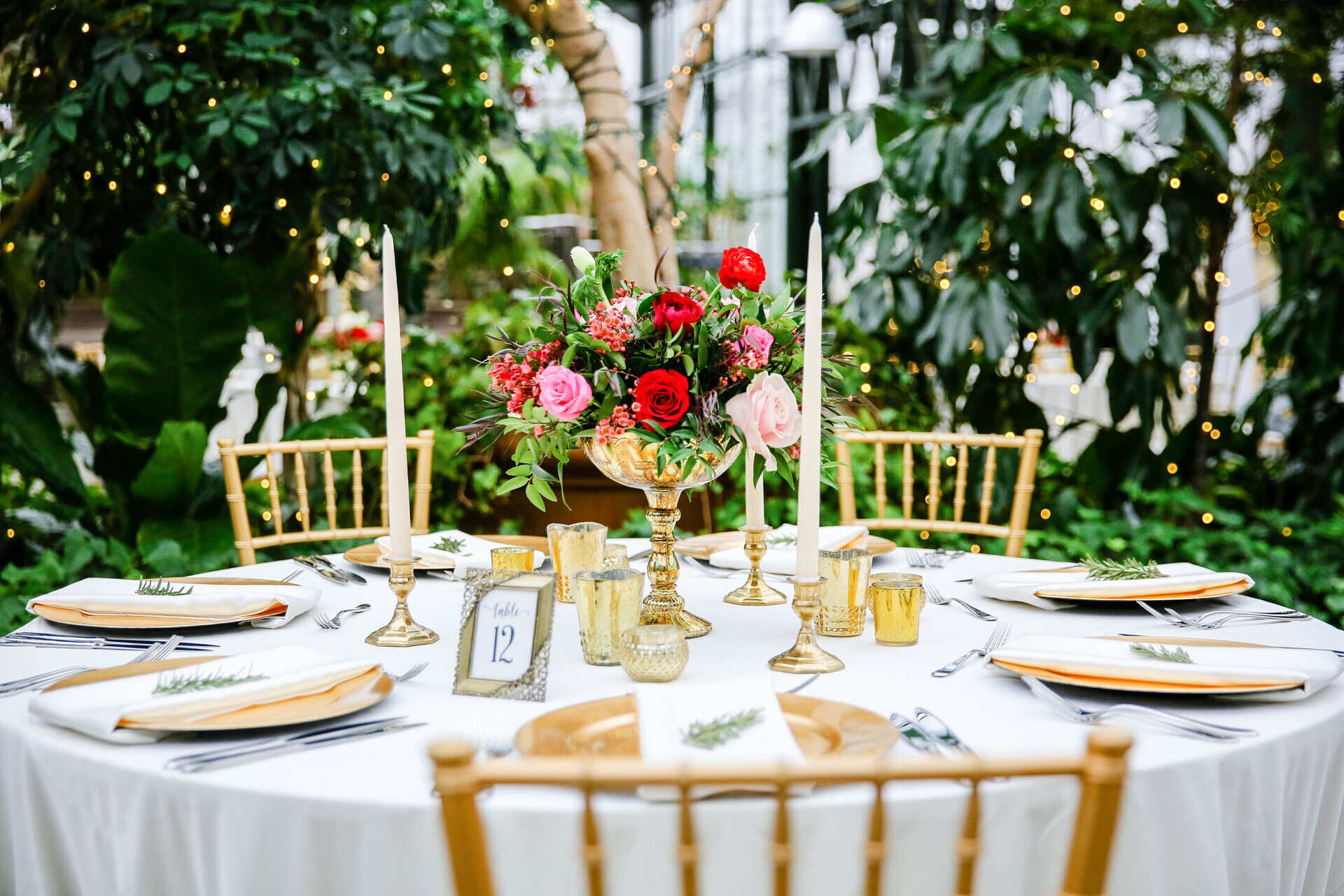
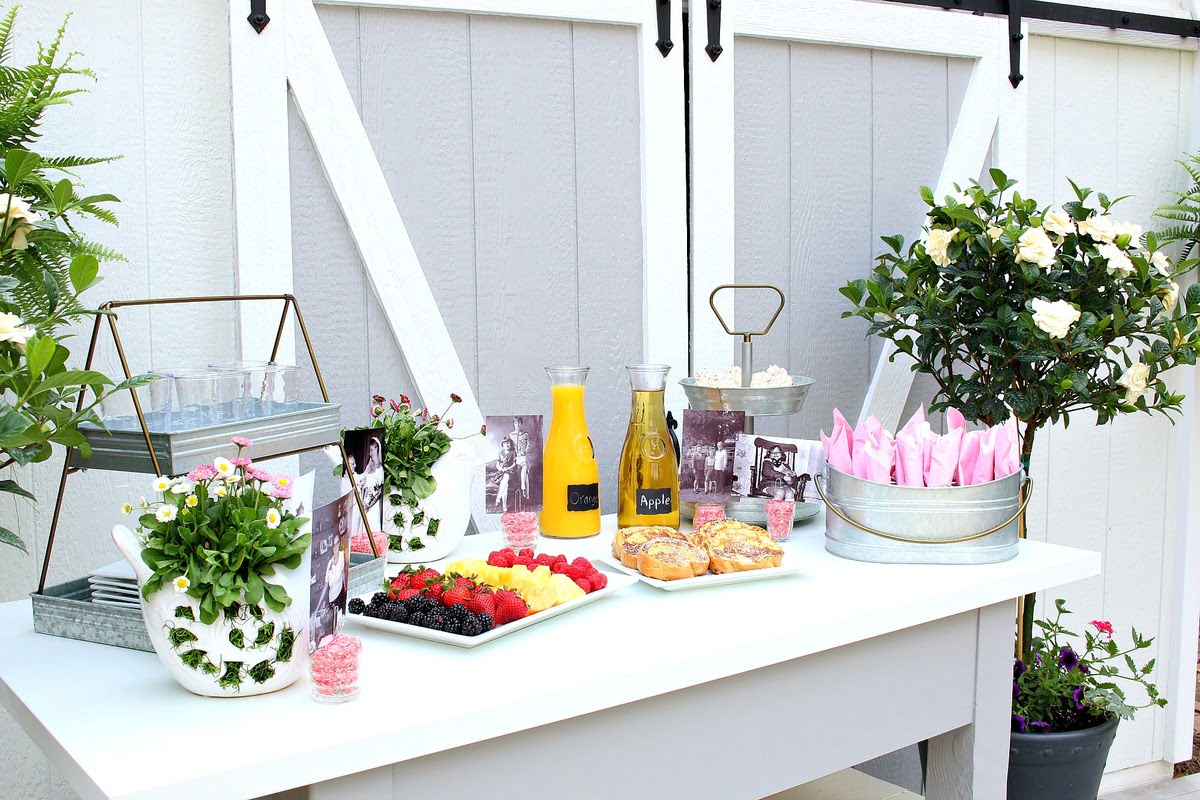
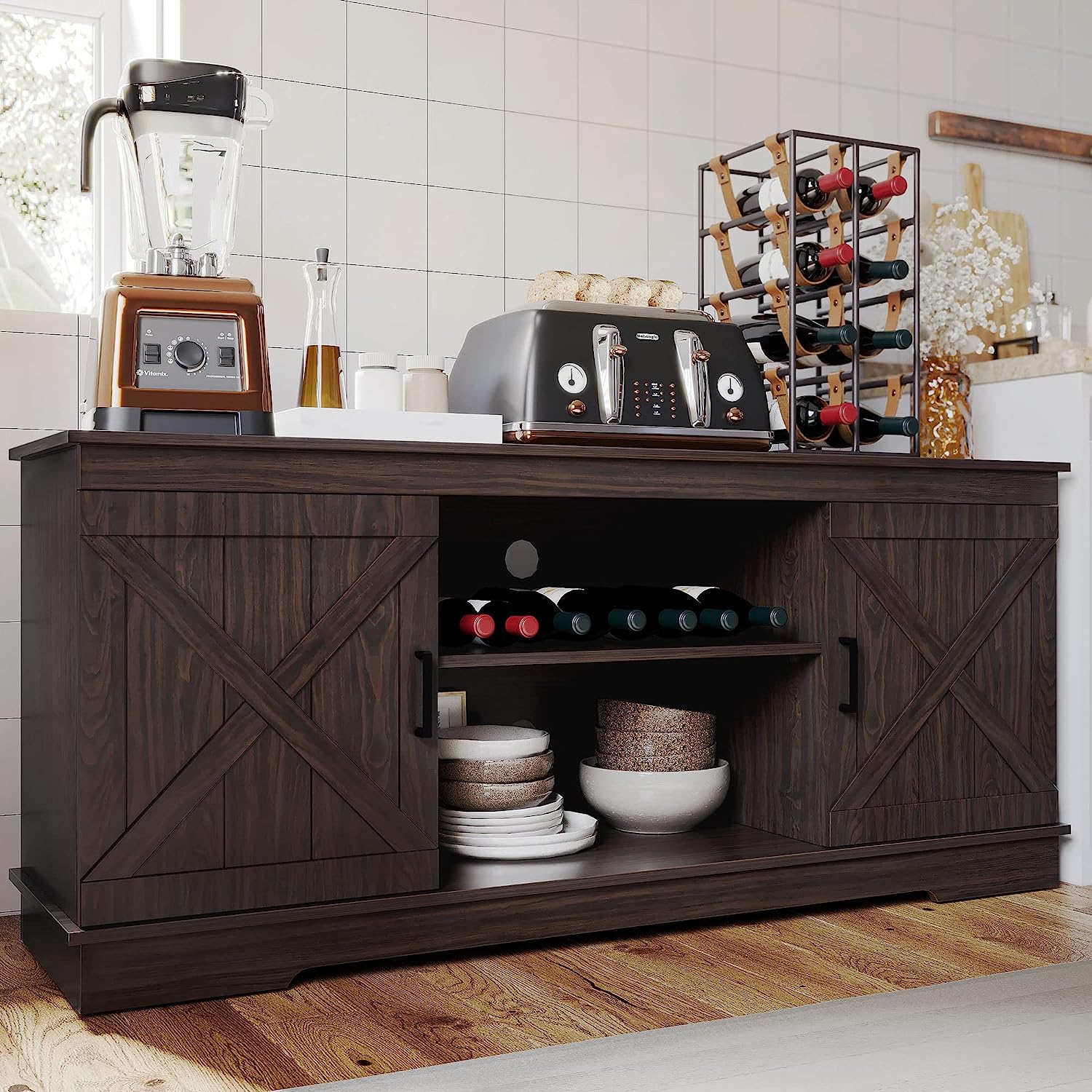
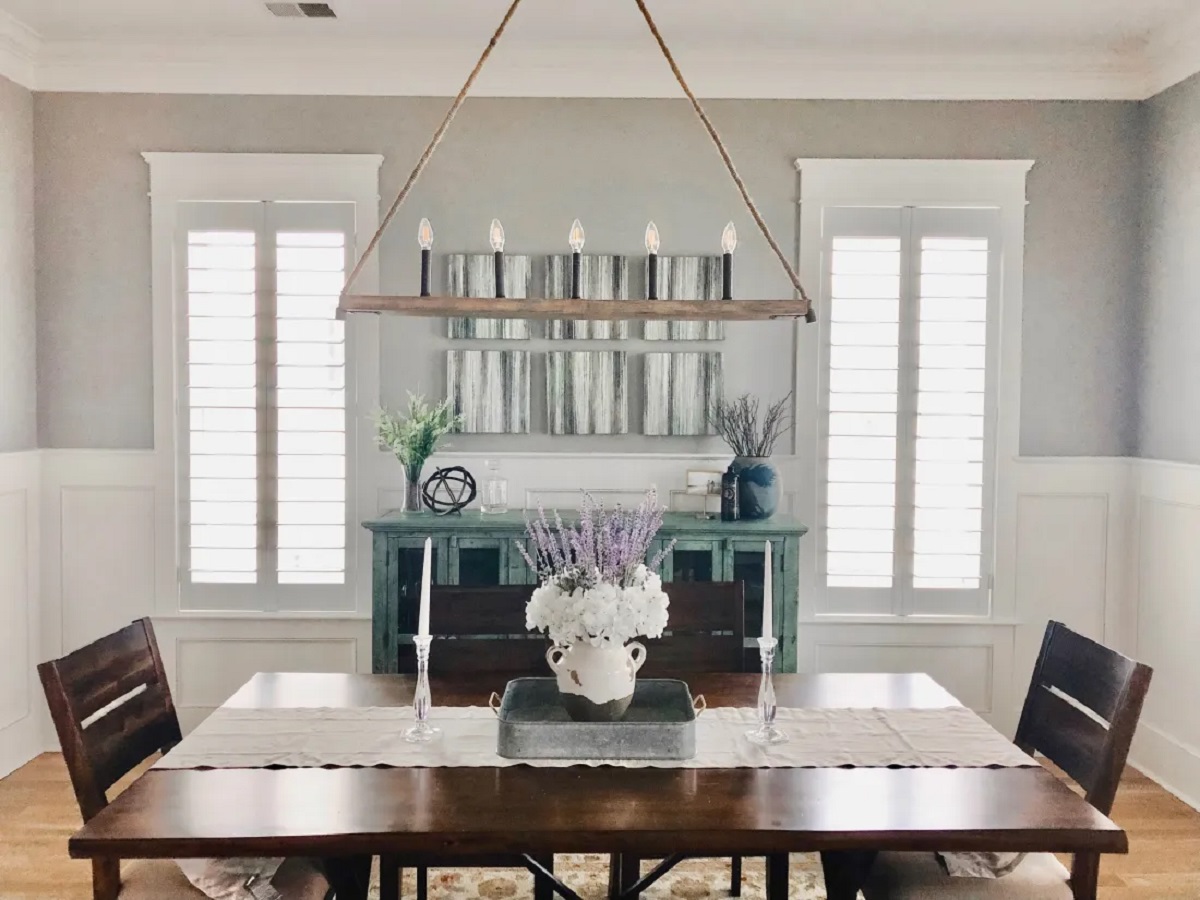
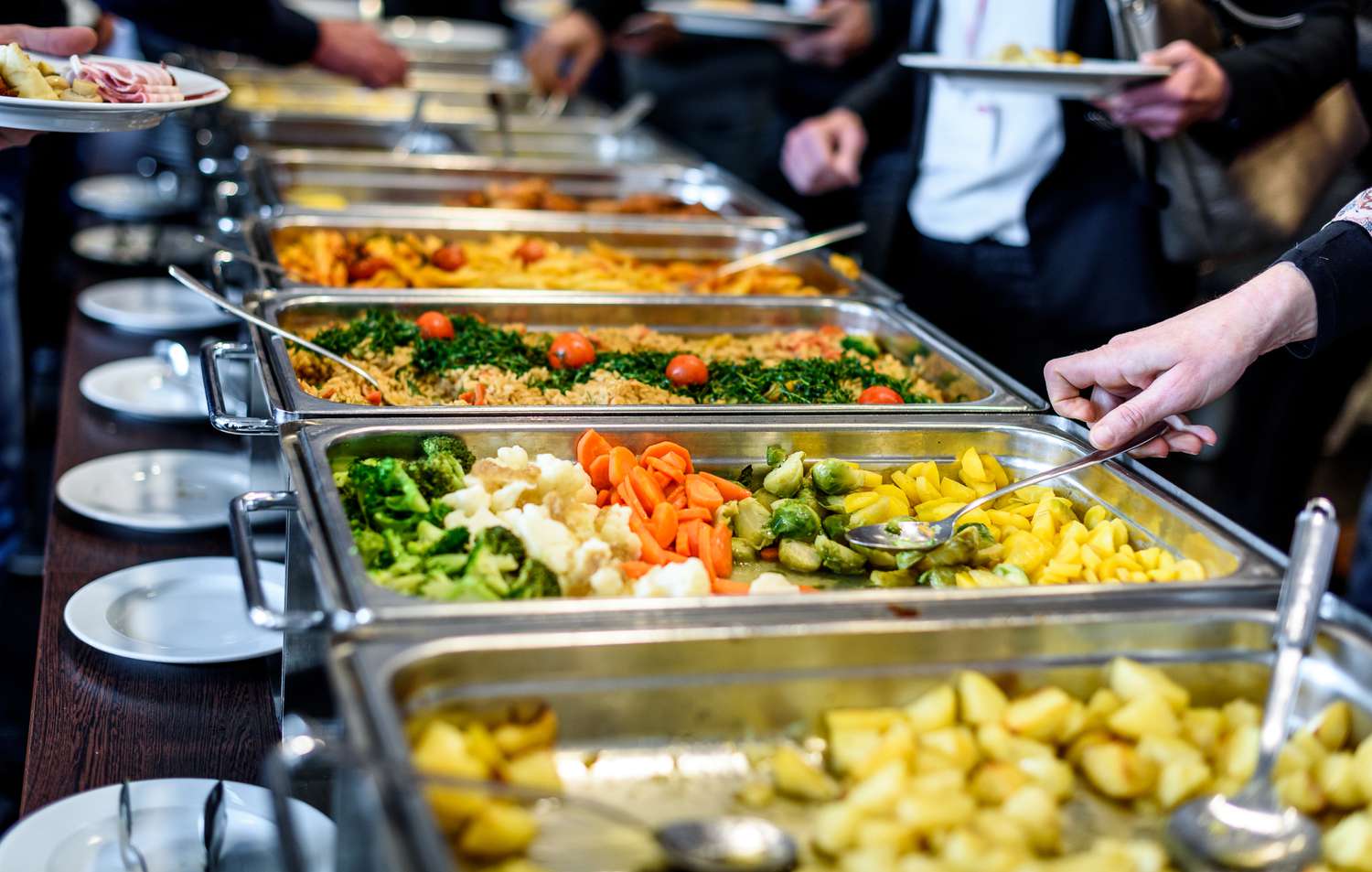
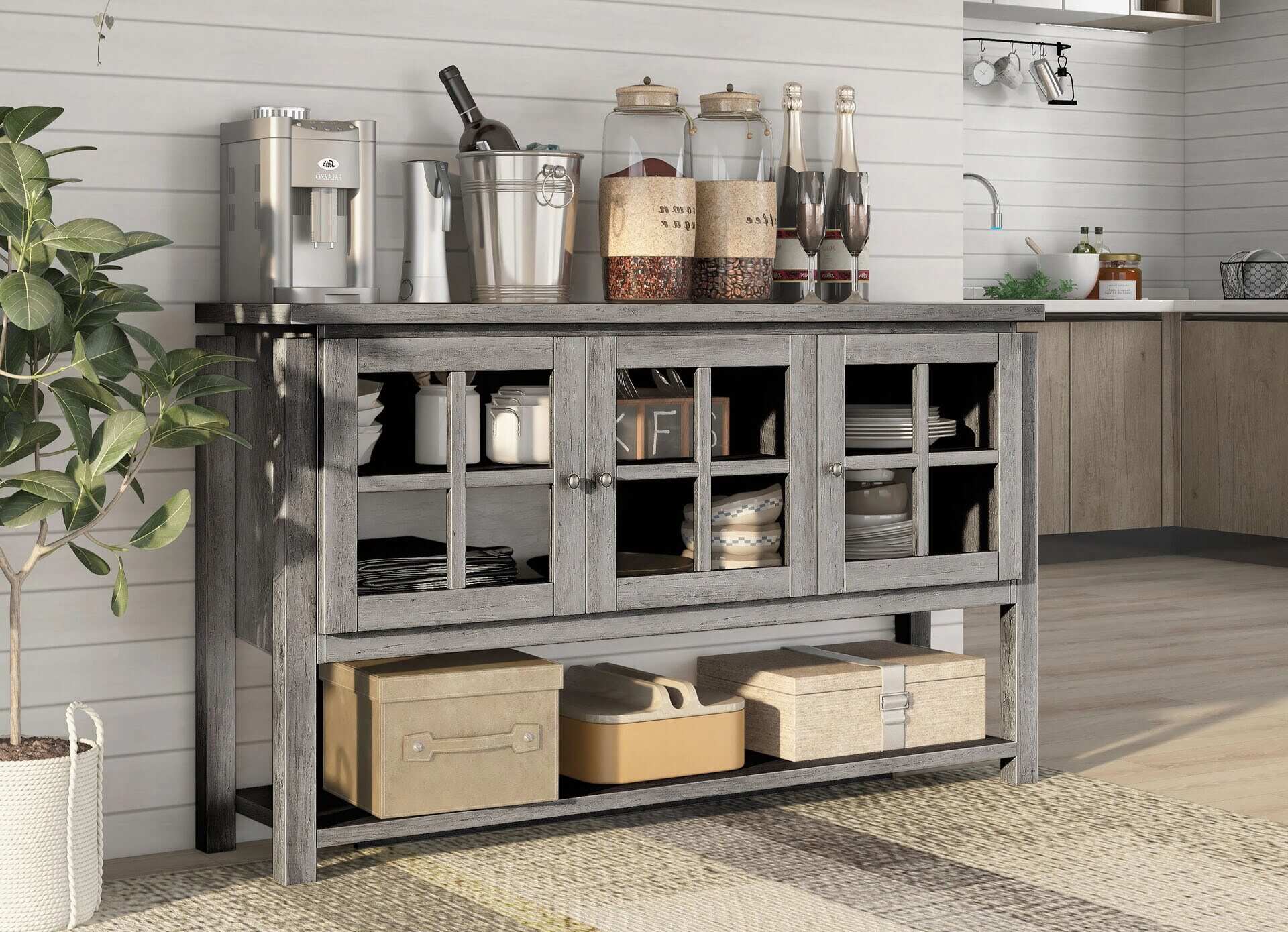

0 thoughts on “What Is A Buffet Table”